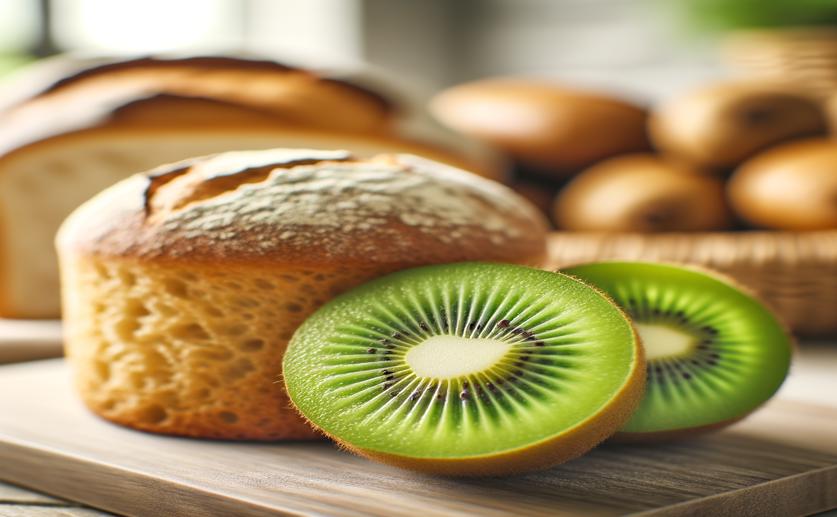
Using Kiwi Starch in Bread: Effects on Dough Texture and Bread Quality
Greg Howard
7th August, 2024

Image Source: Natural Science News, 2024
Key Findings
- The study by Northwest A&F University found that substituting 10-20% kiwi starch (KS) in bread improved water-binding and dough elasticity
- Higher KS levels increased bread hardness and air-cell ratio but decreased springiness, resilience, and specific volume
- KS substitution reduced the bread's glycemic index and inhibited mold growth, extending shelf life at 25°C
References
Main Study
1) Partial substitution of wheat flour with kiwi starch: Rheology, microstructure changes in dough and the quality properties of bread.
Published 30th October, 2024 (future Journal edition)
https://doi.org/10.1016/j.fochx.2024.101614
Related Studies
2) Effects of Germinated Lentil Flour on Dough Rheological Behavior and Bread Quality.
3) Effects of mango peel powder on starch digestion and quality characteristics of bread.
4) Calcium alginate/curdlan/corn starch@calcium alginate macrocapsules for slowly digestible and resistant starch.



 6th July, 2024 | Jenn Hoskins
6th July, 2024 | Jenn Hoskins